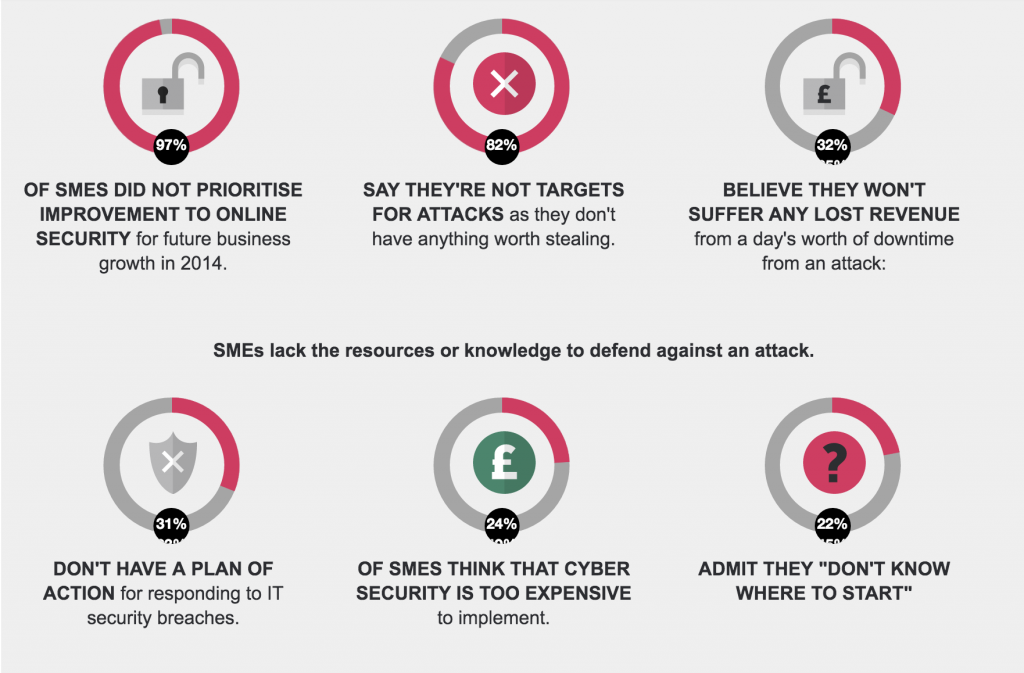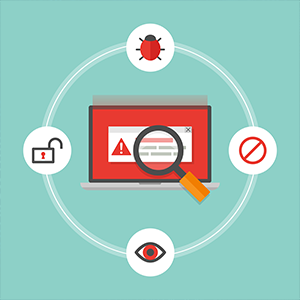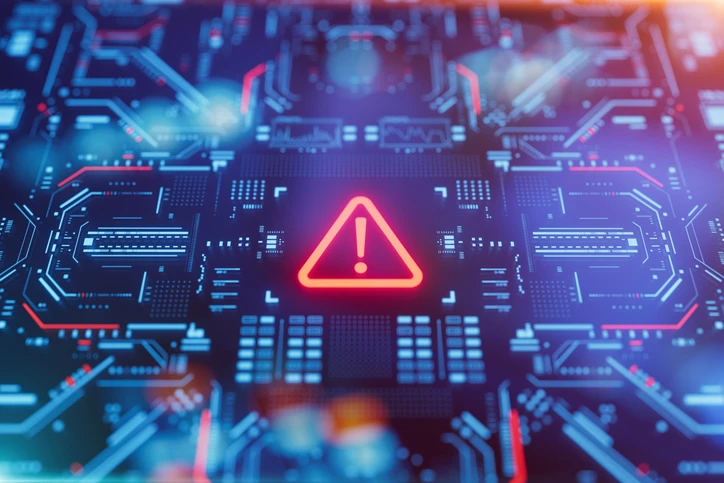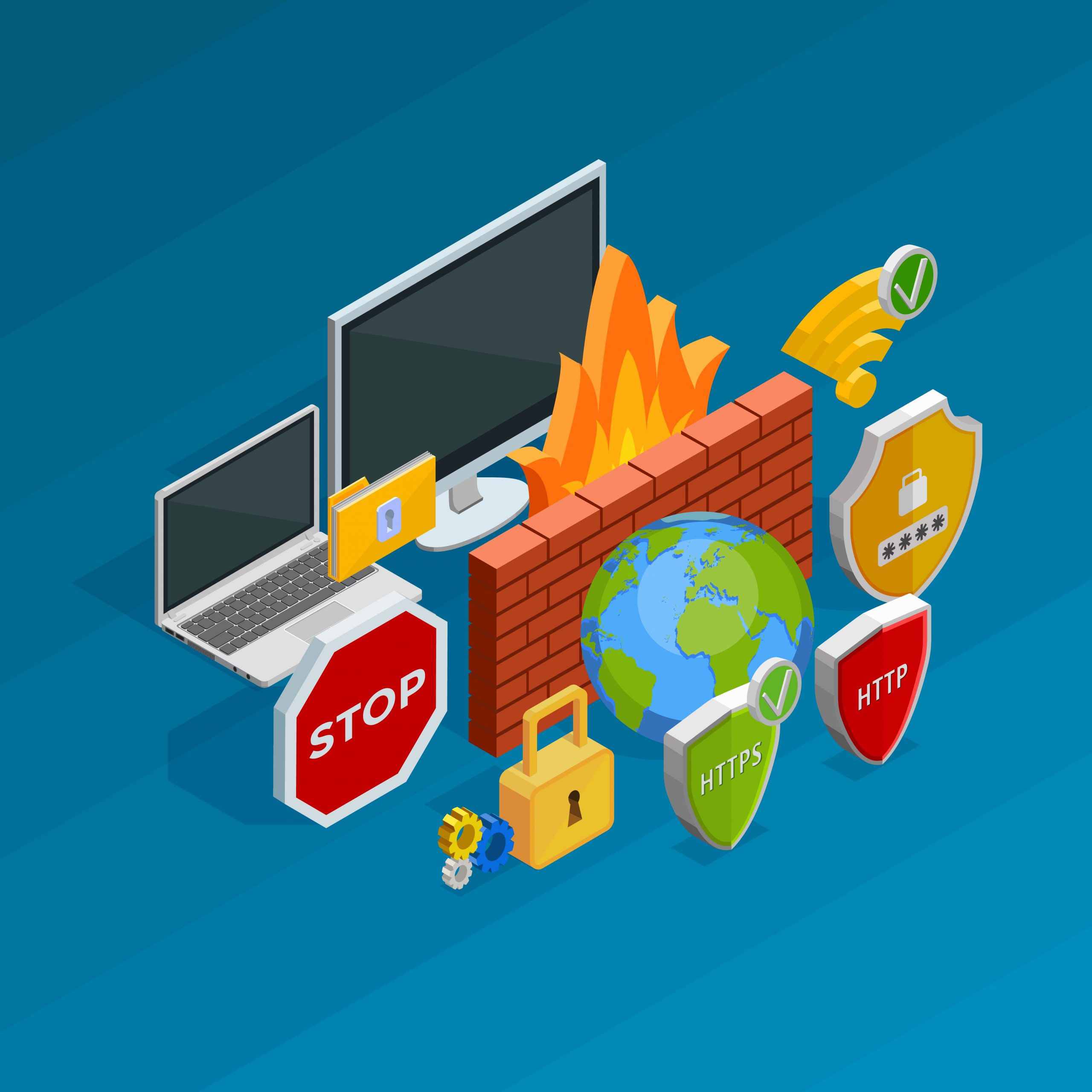Ransomware Malware Attack Statistics, Data And Trends
Updated on October 11, 2022, by Xcitium
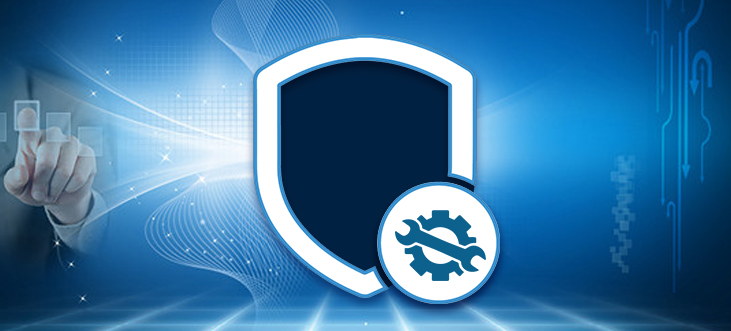
As you probably know, ransomware malware attacks focus on detaining users’ data and requesting a ransom before releasing it. Even though users’ data are released after the attack, the experience of ransomware is not a pleasant one. Ransomware attack on the Baltimore city government in 2019 crippled activities for over one month—resulting in several losses, including the known $18 million spent in the course of recovering the systems—this includes the ransom demanded by the criminals.
With its nature of attacks, ransomware malware has become a cause of concern as no one wants to be a victim. Government agencies, businesses, and even individuals are all vulnerable to ransomware attacks. But what is the current state of ransomware? Is it increasing or decreasing?
Recent Ransomware Malware Attack Statistics
Ransomware Costs Estimated to Reach 20 Billion Dollars by 2021 – Estimate
Cybersecurity ventures have estimated the global costs of ransomware to hit $20 billion by 2021. This increases their previous damages estimate of 11.5 billion dollars and 8 billion dollars in 2019 and 2018.
Ransomware Attacks Costs Exceeded 7.5 Billion in 2019
According to Emsisoft, ransomware attacks on healthcare providers, government agencies, and educational institutions in the United States cost over 7.5 billion dollars—these figures are for 2019 alone. The estimate is approximated based on average ransomware attacks cost and the recover duration, says Winnebago County’s CIO Gus Gentner.
Average Ransomware Ransom Amount Increased by 104% in Q4 2019
Coveware reports that ransomware attackers’ demand increased in the last quarter of 2019. About 780,000 dollars was paid as a ransom, making it the highest paid ransom in 2019.
An Oil and Gas Company Lost $30 Million to Ransomware Attackers
Trends Micro reports that an unnamed oil and gas company in the United States lost over $30 million to a ransomware attack that targeted computers containing many sensitive data. Trend Micros also said the oil and gas sector is becoming primary targets of ransomware attacks.
Is Ransomware Decreasing Or Increasing?
From the reports above, it is apparent that ransomware attacks are increasing. More reports by cybersecurity companies show that malware detections have hit the roof. More and more victims would be recorded if not for security systems that halt most of the attacks.
Though attacks may seem to target healthcare providers and government agencies majorly, recent attacks on oil and gas industries mean attackers have shifted focus to other sectors. This development further indicates that ransomware can affect anyone as long as you have essential data that drives your business operations. So, preventing ransomware malware remains the best way to stay out of the attacks. As you can see, reports say detections have hit the roof, which means those with adequate preventive measures can halt the malware, even though a file that contains it was already on their computers.
Blocking Ransomware
Preventing ransomware begins with knowing its methods of spreading. As you may know, most malware spread through third-party computer programs. Some could be from trusted vendors that might have compromised unknowingly while others are mostly from phishing.
It is a great step to ransomware prevention when you avoid opening email attachments from senders you are not sure of their identities and not downloading software from random websites. You also want to be careful with pop-ups from sites asking you to click a link to update an application on your device or something related. Doing this can help you prevent ransomware malware from entering your computer.
On the other hand, security systems are essential as they help detect and block most malware programs. However, the security system you use also determines your level of security. Are you mainly using traditional security systems like antiviruses and firewalls? While they are effective in combating malware attacks, they are less effective when it comes to fileless malware and other advanced threats. Of course, ransomware creators are creating more advanced malicious codes, so you need to step up your security level to withstand any form of malware attack.
Endpoint protections are ideal for fighting sophisticated malware that deceptively penetrates computers. Advanced endpoint protections use high-end security technology to monitor, identify, and block tricky malware.
Wrap Up
While you step up your effort to protect your computer from ransomware by getting the best security systems, ensure you backup your data. When everything fails, data backup can help you retrieve your data to avoid heavy losses.



 (3 votes, average: 3.67 out of 5, rated)
(3 votes, average: 3.67 out of 5, rated)
